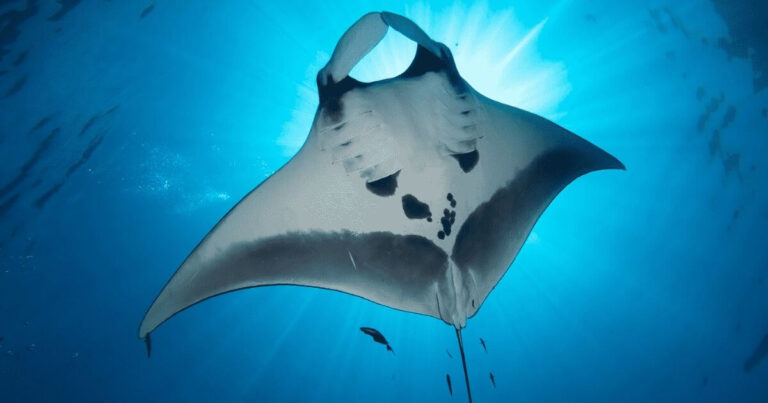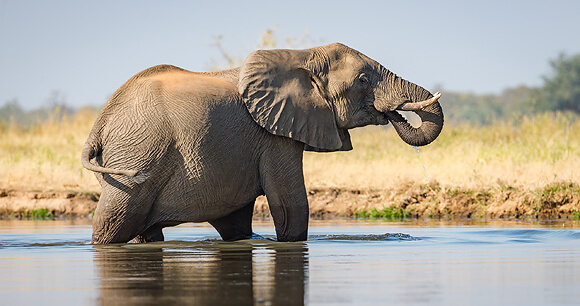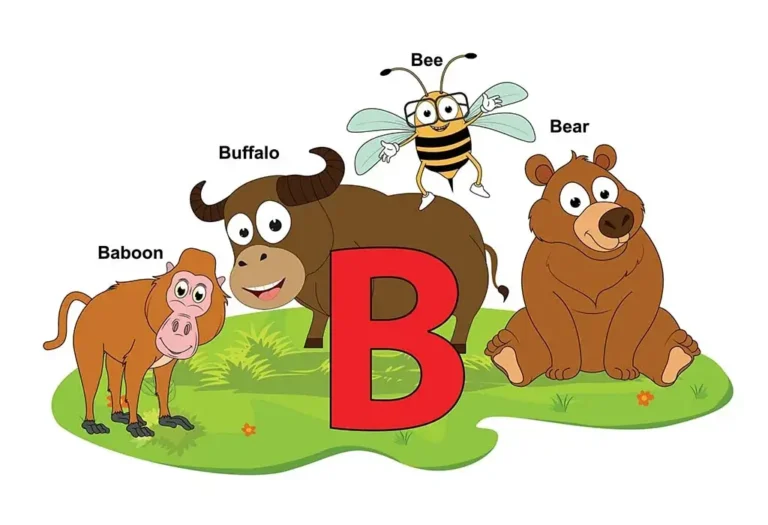Pangolin: The World’s Most Trafficked Mammal
The pangolin, often called a “scaly anteater,” is a unique and fascinating creature. Known for its distinct appearance and behaviors, this elusive animal has garnered attention for its remarkable biology and unfortunate role in the illegal wildlife trade. This comprehensive guide delves into the scientific classification, physical characteristics, habitat, behavior, diet, reproduction, predators, and conservation status of pangolins. We will also explore their evolutionary history, relationship with humans, and some intriguing facts about this incredible animal.
Contents
Scientific Classification
- Kingdom: Animalia
- Phylum: Chordata
- Class: Mammalia
- Order: Pholidota
- Family: Manidae
- Genus: Manis (with several species, including the Chinese pangolin, Sunda pangolin, and Indian pangolin)
Pangolins belong to the order Pholidota, which comprises these scaly mammals. They are divided into eight species, split between Asia and Africa, and are the only mammals wholly covered in scales.
Physical Characteristics

Pangolins are easily recognized by their overlapping, armor-like scales made of keratin—the same protein found in human nails and hair. These scales provide a formidable defense against predators. Other key physical features include:
- Size: Ranges from 30 to 100 cm (12 to 39 inches) in length, with a tail that can add up to 50 cm (20 inches).
- Weight: Depending on the species, they weigh between 2 to 35 kg (4 to 77 lbs).
- Color: Scales vary from brown to olive, blending well with their forest and savannah habitats.
- Tongue: Pangolins have a long, sticky tongue extending up to 40 cm (16 inches) to extract ants and termites from their nests.
- Limbs: Equipped with powerful, clawed forelimbs for digging into ant mounds and termite nests.
Habitat
Pangolins are found in various habitats, including tropical and subtropical forests, dry woodlands, savannas, and grasslands. The Asian species are typically arboreal, spending much of their time in trees, while African species are primarily terrestrial.
- Asian Species: Found in countries like India, China, and Southeast Asia (e.g., the Sunda pangolin in Indonesia).
- African Species: Inhabit central and southern Africa, with species like Cape and white-bellied pangolin.
Behavior

Pangolins are solitary and nocturnal creatures, mainly active at night. They are known for their unique defense mechanism of curling into a tight ball when threatened, protecting their vulnerable undersides with their tough, overlapping scales.
- Burrowing: Terrestrial pangolins dig extensive burrows for shelter, often with multiple entrances and chambers.
- Climbing: Arboreal pangolins are adept climbers, using their prehensile tails for balance and support.
Diet
Pangolins are myrmecophagous, meaning they feed almost exclusively on ants and termites. They can consume up to 70 million insects annually, which is crucial in controlling insect populations.
- Feeding Method: Their long, sticky tongues are specially adapted to probe deep into ant nests and termite mounds.
- Teeth: Pangolins lack teeth and rely on strong stomach muscles to grind food.
Reproduction
Pangolins have a slow reproductive rate, which adds to their vulnerability.
- Gestation Period: Approximately 4 to 5 months.
- Offspring: A single pup is typically born, although some species can have twins.
- Parental Care: The mother carries the pup on her back or tail, protecting it until the young pangolin is old enough to fend for itself.
Predators
While their scales offer protection, pangolins are still preyed upon by large predators, including leopards, lions, hyenas in Africa and tigers in Asia. However, their most dangerous predator is humans.
Conservation Status
All eight species of pangolins are listed under CITES Appendix I, which offers the highest level of protection. However, they are still critically endangered or vulnerable, primarily due to illegal hunting and habitat loss.
- Threats: Poaching for their meat and scales, falsely believed to have medicinal properties, has driven pangolins to extinction. Habitat destruction due to agriculture and urbanization also poses significant risks.
- Conservation Efforts: Several NGOs and wildlife organizations are working to protect pangolins through anti-poaching initiatives, habitat restoration, and raising awareness about their plight.
Interesting Facts
- Scales as Armor: A pangolin’s scales can make up 20% of its body weight and are so strong that even big cats struggle to penetrate them.
- Longevity: Pangolins can live up to 20 years in captivity, though their lifespan in the wild is not well-documented.
- Unique Walking: Pangolins often walk on their hind legs, using their forelimbs and claws for balance and protection.
Evolutionary History
Pangolins have a long evolutionary history, their origins tracing over 80 million years. Despite their superficial resemblance to anteaters and armadillos, pangolins are not closely related to these animals. Instead, they have evolved their distinctive traits independently, showcasing one of nature’s most fascinating examples of convergent evolution.
Relationship with Humans
Pangolins have a complicated relationship with humans. While they play a vital role in ecosystems as natural pest controllers, they are also among the most trafficked animals due to myths surrounding their scales and meat. Conservationists strive to change public perceptions and implement stricter laws to protect these unique mammals.
Conclusion
Pangolins are remarkable creatures known for their distinctive scales and vital role in ecosystems. However, they face severe threats from illegal wildlife trade and habitat destruction. As one of the world’s most endangered animals, pangolins urgently need global conservation efforts to ensure survival. Raising awareness and supporting protective measures can help safeguard these unique and irreplaceable animals for future generations.
- Golden Retriever Pros and Cons: What Every Pet Parent Should Know - 15 September 2025
- Cane Corso Dog Breed: Health, Care, and Lifespan - 14 September 2025
- Catahoula Leopard Dogs: Description, Temperament, Lifespan, & Facts - 21 July 2025







